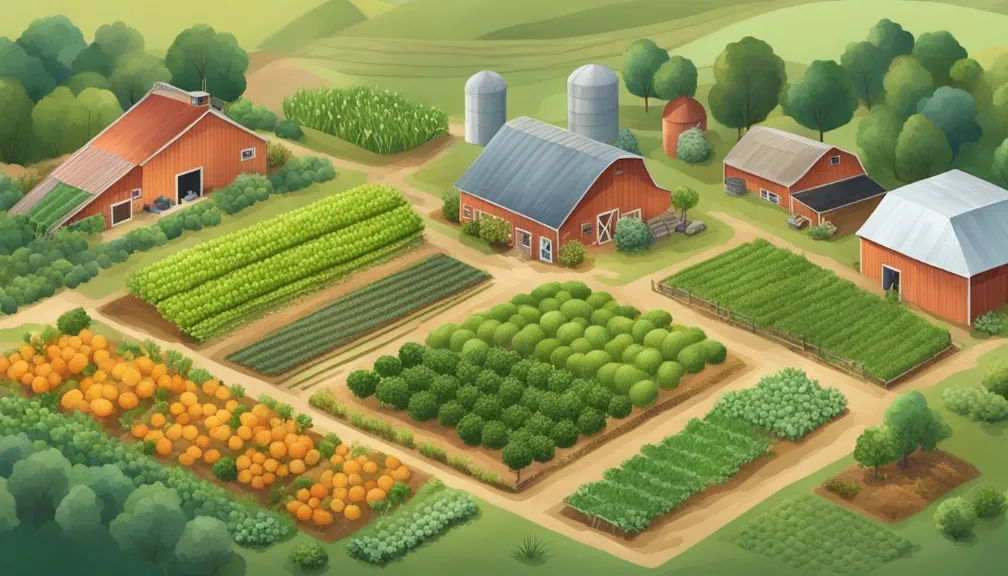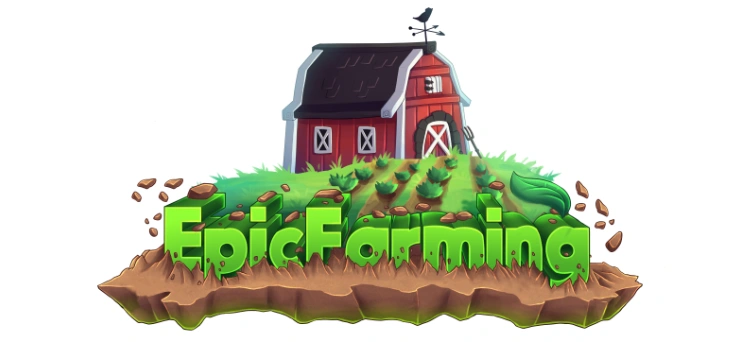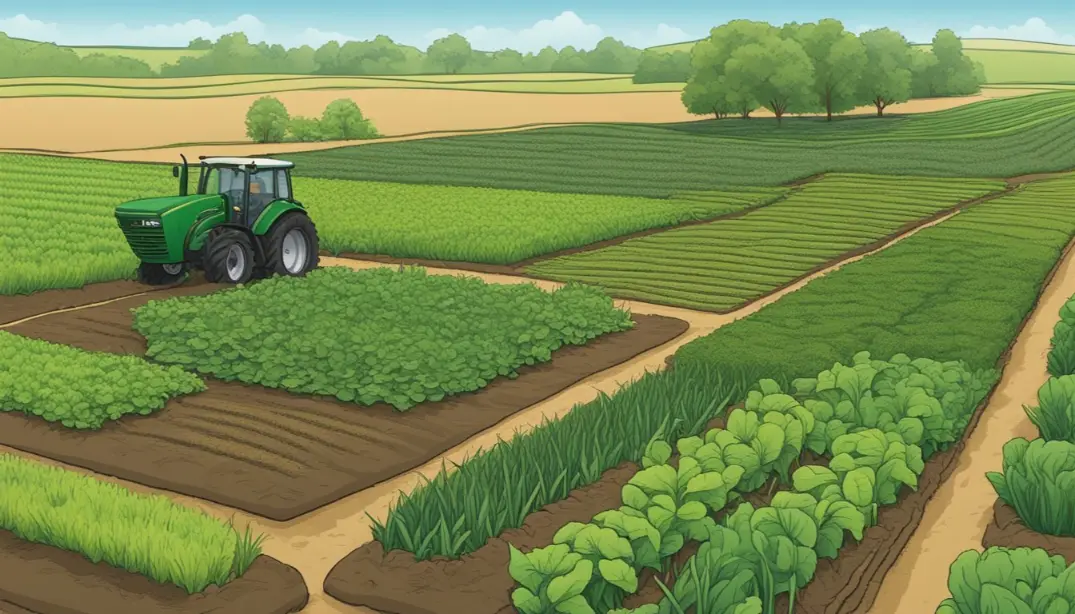Syntropic Farming, have you ever wondered how nature creates abundant and diverse ecosystems without any human intervention? How forests, savannas, and wetlands can thrive for thousands of years without fertilizers, pesticides, or irrigation?
How plants, animals, and microorganisms can coexist in harmony and balance?
If you are curious about these questions, you may be interested in learning about it, a nature-inspired method of regenerative agriculture that mimics the natural processes of ecosystem succession and evolution.
It is not just a way of growing food, but a way of restoring degraded lands, enhancing biodiversity, sequestering carbon, and creating resilient and productive landscapes. In this blog post, you will discover:
- What is Syntropic Farming and who created it
- What are the Benefits of Syntropic Farming for farmers, consumers, & the environment
- What are the core Principles and Practices of Syntropic Farming
- How to get started with Syntropic Farming in your own backyard or farm
What Is Syntropic Farming And Who Created It?
It is a set of principles and practices created by the Swiss geneticist and farmer Ernst Götsch, who moved to Brazil in the 1980s and started experimenting with different forms of agroforestry on his land.
Agroforestry is a system of land use that integrates trees, crops, and animals in the same area, creating multiple benefits for people and nature.
Götsch drew inspiration from observing how nature creates and maintains complex, diverse ecosystems through a process of succession and evolution.
Succession is the natural sequence of changes in the composition and structure of an ecosystem over time, from simple to complex, from pioneer to climax.
Evolution is the adaptation of living organisms to their environment, resulting in increased diversity and functionality. Syntropy is the tendency of systems to gain order and energy over time, creating more coherence and harmony.

What Are The Benefits Of Syntropic Farming For Farmers, Consumers, And The Environment?
It has many benefits for farmers, consumers, and the environment, as it creates a win-win-win situation for all. Some of the benefits are:
For Farmers
It can increase yields, reduce costs, improve soil health, and diversify income sources. And can also produce a variety of crops, from fruits and vegetables to grains and nuts, as well as timber, firewood, and animal products.
This type of farming can also reduce the need for external inputs, such as fertilizers, pesticides, and irrigation, as the system becomes more self-sufficient and resilient over time.
In a healthy and diverse environment, the products can also see an improvement in quality and nutrition as they grow.
For Consumers
It can provide more access, choice, and affordability of healthy and organic food. Also support local and regional food systems, reducing the dependence on imported and processed food.
This type of farming can also enhance food security and sovereignty, as it empowers farmers and communities to produce their own food and manage their own resources.
For The Environment
It can restore degraded lands, enhance biodiversity, sequester carbon, and regulate water cycles. And can also mitigate and adapt to climate change, as it creates more resilient and productive landscapes that can cope with extreme weather events and changing conditions.
Also contribute to the conservation and restoration of natural ecosystems, such as forests, wetlands, and grasslands, by creating buffer zones and corridors for wildlife.
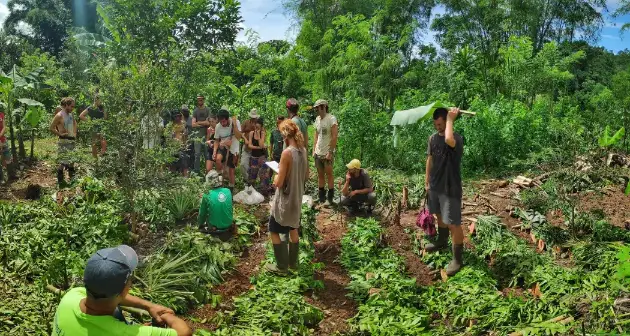
What Are The Core Principles And Practices Of Syntropic Farming?
It is based on some core principles and practices that guide the design and management of the system. These are:
| Core Principles And Practices | Description |
|---|---|
| Keep The Soil Covered At All Times | It emphasizes the importance of protecting the soil from erosion, evaporation, and compaction, by using organic mulch, such as leaves, compost, and plant trimmings. Mulch also provides nutrients and habitat for the soil life, such as worms, fungi, and bacteria, that are essential for soil health and fertility. |
| Plant Intelligent Consortiums | This type of farming relies on the strategic combination of different plants, based on their succession cycle and stratification level. The succession cycle refers to the stage of development of the plant, from pioneer to secondary to climax. The stratification level refers to the height and light requirement of the plant, from low to medium to high. By planting intelligent consortiums, syntropic farming creates a diverse and dynamic system that mimics the natural succession and evolution of ecosystems, while producing multiple products and services. |
| Prune Strategically And Frequently | Uses pruning as a key tool to manage the system and accelerate the succession process. Pruning is done to control the growth, shape, and density of the plants, as well as to stimulate flowering and fruiting. Pruning also generates biomass that can be used as mulch or animal feed, creating a closed loop of energy and nutrients. Pruning is done strategically and frequently, according to the needs and goals of the system. |
How To Get Started With Syntropic Farming In Your Own Backyard Or Farm?
If you are interested in trying it, in your own backyard or farm, here are some steps you can follow:
Observe And Analyze Your Site
Before planting, analyze your site considering climate, soil, water, topography, vegetation, and infrastructure. Identify goals like desired products, space, time, and required resources.
Design Your System
Based on your site analysis and your goals, you can design your system, choosing the plants that are suitable for your conditions and preferences.
Use the principles and practices to shape your design, or seek examples and models of syntropic systems implemented in comparable contexts.
You can also consult with experts or experienced practitioners who can help you with your design.
Prepare Your Site
After designing, prepare the site by clearing vegetation, leveling, digging holes, and applying organic matter like compost or manure. And also install any infrastructure, such as fences, irrigation, or trellises, that you may need for your system.
Plant Your System
After preparing your site, you can plant your system, following the layout and spacing of your design. You can use seeds, seedlings, or cuttings, depending on the type of plant and the availability of material.
Also use cover crops, such as legumes or grasses, to protect and enrich the soil. You can also mulch your system with organic matter, such as leaves or straw, to conserve moisture and prevent weeds.
Manage Your System
After planting your system, manage and monitor its growth, applying necessary interventions like pruning, weeding, watering, or harvesting.
Adjust your system based on observed feedback and results, adding/removing plants or changing management practices. Also enjoy your system, appreciating its beauty and abundance, and sharing it with others.
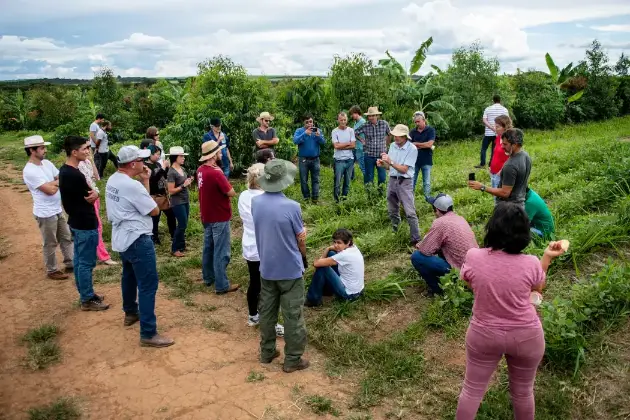
Conclusion
As we navigate the challenges of modern agriculture, Syntropic Farming stands out as a beacon of hope for a sustainable and regenerative future. By working with nature instead of against it, farmers can cultivate not only crops but also a healthier, more resilient planet.
So, let’s embrace the synergy between agriculture and ecology, taking small steps that lead to significant positive changes in the way we grow our food.
Read More:
Biodynamic Farming: A Holistic And Ethical Way To Grow Food
What Is O Farming: Make Money Online, Get Start & Benefits
What Is Commercial Farming: Types, Adv/Disadvantages & Challenges
Palworld Farming: How To Grow And Harvest Food With Your Pals
O Farming In Dubai: A New Way To Grow Food In The Desert
How To Grow Pistachio From Seed: Important Steps, Tips & Tricks
Agricultural Revolution: Key Causes, Effects & Shape The Modern World

Meet Our Expert Agricultural Administrator
Welcome to agrigreenhands.com, your dedicated hub for all things related to agricultural farming. Leading the way in our commitment to sustainable and innovative practices is Jawad Hussain, our esteemed administrator with a profound background in agriculture….
